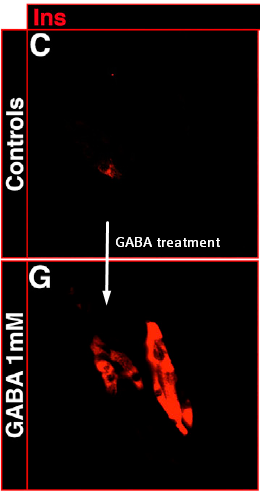This week was a Nobel Prize week in science, and the whole world became a bit more interested in cancer immunotherapy, laser physics, and directed protein evolution. As it happens fairly often recently, some debate arose about wether the chemistry prize is even about chemistry at all. I think Derek Lowe summarized it very well and I stick with his opinion that yes, it’s chemistry so suck it up round-bottom-flask fans and small-molecule lovers (disclaimer: I’m a med chemist by training).
Then I looked into the history of chemistry prizes. And, guess what, the trend of giving prizes for biochemistry can be traced right to the very beginning. In 1907 Eduard Buchner got the prize for cell-free fermentation leaving Le Chatelier and Canizzaro in the dust forever. In February, the same year Mendeleev died – with no Prize. That year he was supported by two nominators, as many as Buchner had. So it seems that biochemistry was always sexy in the eyes of the Nobel committee (and nominators). But to be sure let’s now look at the data!
To get somewhat quantitative, I’ve tried to classify all the chemistry prizes into 9 categories (see the figure). To overcome name bias I looked only at the official formulation for what the prize was awarded. Sometimes I wasn’t sure so I assigned some prizes to two fields – both got a score of 0.5 that year. Here’s the resulting table so anyone can look and disagree with my classification. Finally, I aggregated the scores in 20-year moving buckets and ranked the chemistry subfields according to percentage of Nobel prizes they’d got. For ties average rank was assigned. So here’s the result:

As you can see, biochemistry and related disciplines have always been among favorites while inorganic, industrial, and nuclear chemistry’s Nobel scores were declining steadily. Organic and physical chemistries had their ups and downs but mostly stood at the top, while analytical chemistry was always in the middle. The ranks are, however, qualitative information. Here’s the bump chart with quantitative percentage data.

Well, biochemistry is clearly dominating the last 20 years with the record share of 40% of Nobel prizes in chemistry, which is repetition of physical chemistry’s performance in the end of XX century. But this is not something completely new. From the end of World War 2 till late 70s biochemistry was regularly harvesting 25-30% of prizes.
One can argue that’s because there’s no separate Nobel prize for biology. But my point is that it’s not the guilt of biochemists that with all the advances in analytical, physical, theoretical, organic, inorganic, polymer, and nuclear chemistries they now can study complex living system as if these are just a bunch of molecules. Instead, it’s a great reason to celebrate that we have reached this level of reductionism. And saying that ribosomes, ion channels or GPCRs are not chemistry is like saying that we shouldn’t call iPhone a phone any more. One may be right semantically but the world won’t care.




![Nanopharmacology: [atomic] force awakens](https://bernatv.files.wordpress.com/2015/12/sert.png?w=661)
